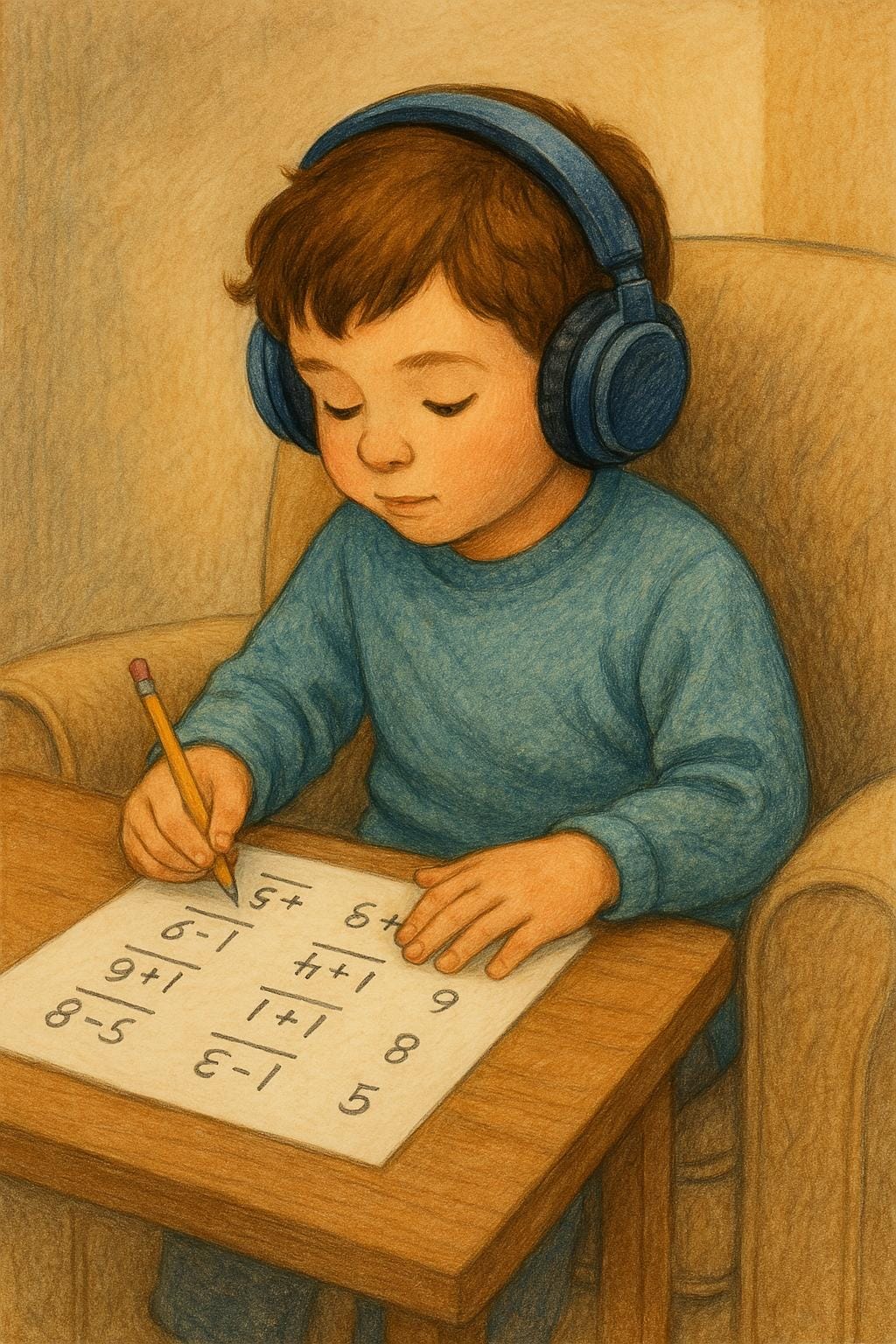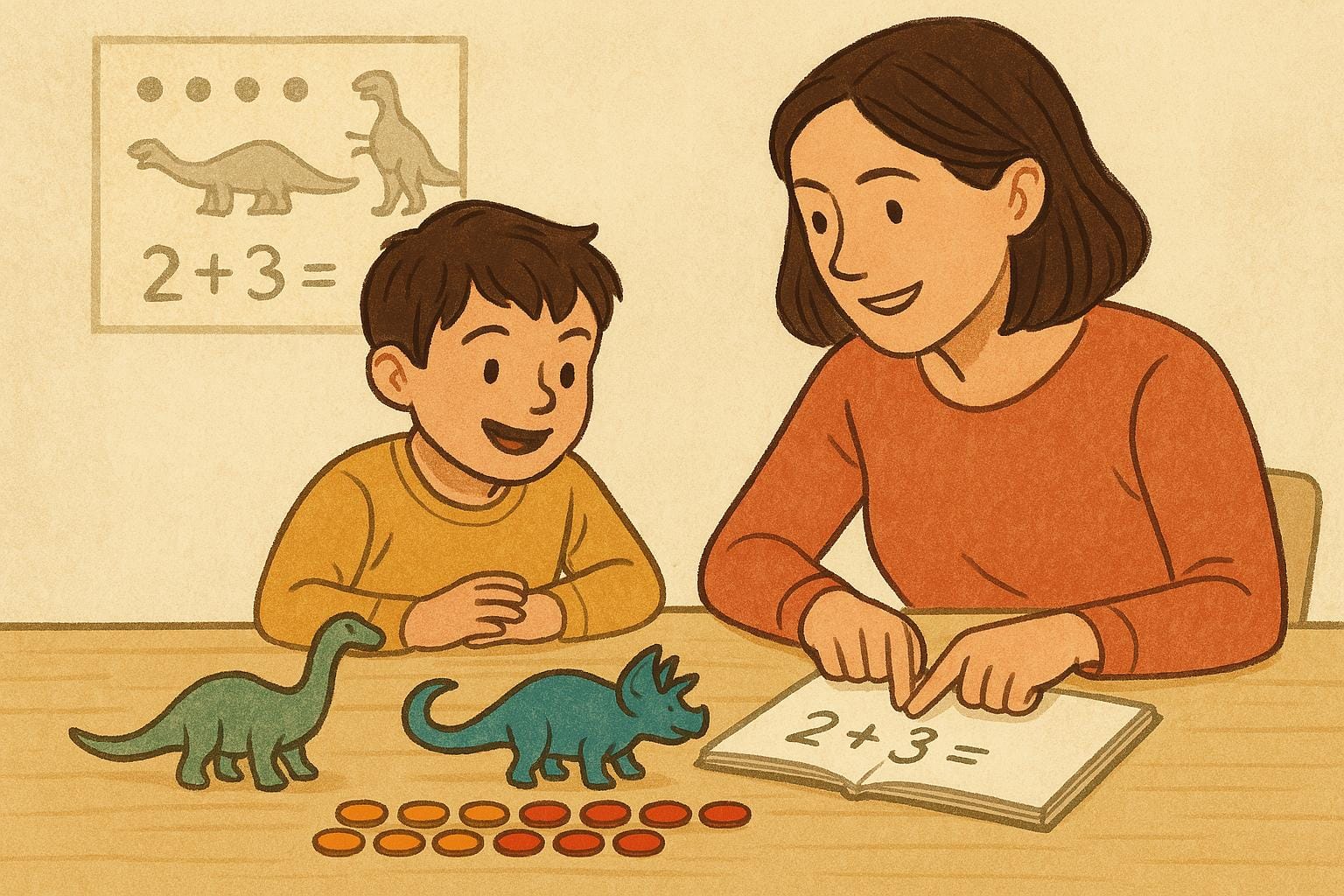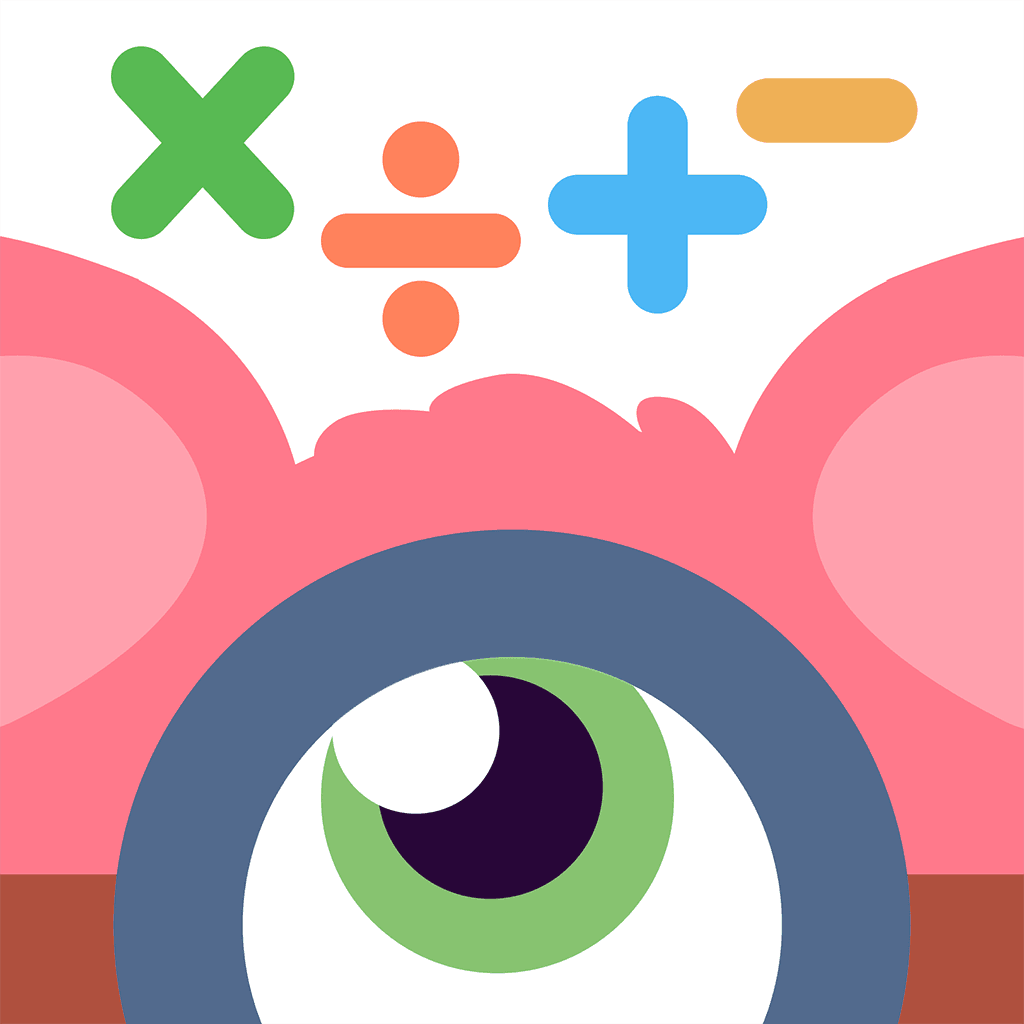Math Routines That Support Autistic Kids - Research-backed Ideas
How structure, sensory awareness, and flexibility can unlock joyful learning
For many autistic children, math can be both a source of fascination and frustration. While some are drawn to patterns and numbers, others may face challenges due to differences in executive function, sensory processing, or communication styles. As research shows, language and cognitive demands in traditional math classrooms often create unintentional barriers for autistic learners.
The key? Building math routines that align with an autistic child’s unique strengths and needs.
1. Start with Predictability, Then Layer in Choice
Autistic children often thrive on predictable routines. Consistency reduces anxiety and cognitive load, freeing up working memory for problem-solving.
Use a visual schedule to outline each part of math time (e.g., warm-up, main activity, break, game). Maintain a consistent order daily, but allow choices within the flow—like selecting which math game to play or choosing between a whiteboard and a tablet.
2. Incorporate Sensory Supports
Sensory sensitivities can interfere with focus. Factors like lighting, textures, or background noise can be distracting.
- Noise-canceling headphones or soft background music
- Tactile-friendly materials like dry-erase boards or soft number blocks
- Movement tools like wobble cushions or yoga balls

Research from OAR supports the idea that reducing sensory stress enhances learning readiness and working memory. And it makes sense - if they are not constantly bothered by the surroundings, their brain is more free to focus on the subject matter. Instead of asking them to "Ignore that and focus here!", removing the distraction altogether can be more helpful.
3. Anchor to Interests and Special Talents
Many autistic children have deep interests—dinosaurs, maps, weather, Pokémon—that can be powerful levers in math learning. According to this meta-analysis, autistic learners often show uneven but exceptional strengths in certain cognitive domains.
Use their interests in word problems or data investigations, and invite them to explain their logic using their own terms. As you already might know - these interests can change significantly over the course of weeks or even days - keep up with their latest interests and weave them into the Math!

You can also use games to make the learning experience more fun. For example - 7 Board Games That Sneak In Math (and ADHD Kids Love) - thought his post talks about kids with ADHD, kids with Autism love these as well.
4. Use Clear, Concrete Language
Autistic learners often process language literally. Abstract prompts like “What do you notice?” may cause stress or confusion.
Try these instead:
- “How many do you see?”
- “What’s the first step you’d take?”
- “Can you show me how you figured it out?”
Language Processing Barriers may also cause struggle with Word problems especially. Tactics to separate out the "understanding" part from the "math solving" part can also help significantly.
5. Chunk Tasks and Build in Recovery Time
Autistic kids often face challenges with transitions or long problem sets. Fatigue can hit fast.
- Break activities into clear, short segments
- Offer recovery time after high-effort tasks
- Use a “First this, then that” format to guide momentum
6. Let Stimming and Self-Regulation Coexist With Learning
Many autistic children stim (e.g., flap, rock, hum) to regulate their nervous systems. These aren’t distractions—they’re tools for maintaining focus.
Unless harmful, there’s no need to suppress it. Instead, create a space where stimming is accepted. You can ask:
- “Is this helping you concentrate?”
- “Would you like to stim while you solve or after?”
7. End with Connection and Celebration
Transitions can be tricky for autistic learners. Closing math time with something predictable and emotionally positive helps them shift smoothly.
- Use a “math is done” card or visual token
- End with a fun question: “What was your favorite part today?”
- Use celebratory stickers or check-ins for progress
Final Thoughts
Autistic kids don’t need to “fit into” math. Math routines should expand to meet them where they are—sensory-wise, cognitively, and emotionally.
By co-creating routines that honor autistic strengths and needs, we help them move from math stress to math success.
Because math isn’t just about getting the right answer. It’s about helping every child feel safe enough to explore the question.
Want to Make Math Less Stressful (and More Fun)?
Monster Math is designed for kids whose brains work differently — and could use the extra encouragement when traditional methods fail them. Kids with Autism especially love seeing and solving Math visually, while adaptive challenges, and game-based learning to help kids master math without a meltdown.
Try the Neuroinclusive Math Game for Free!

